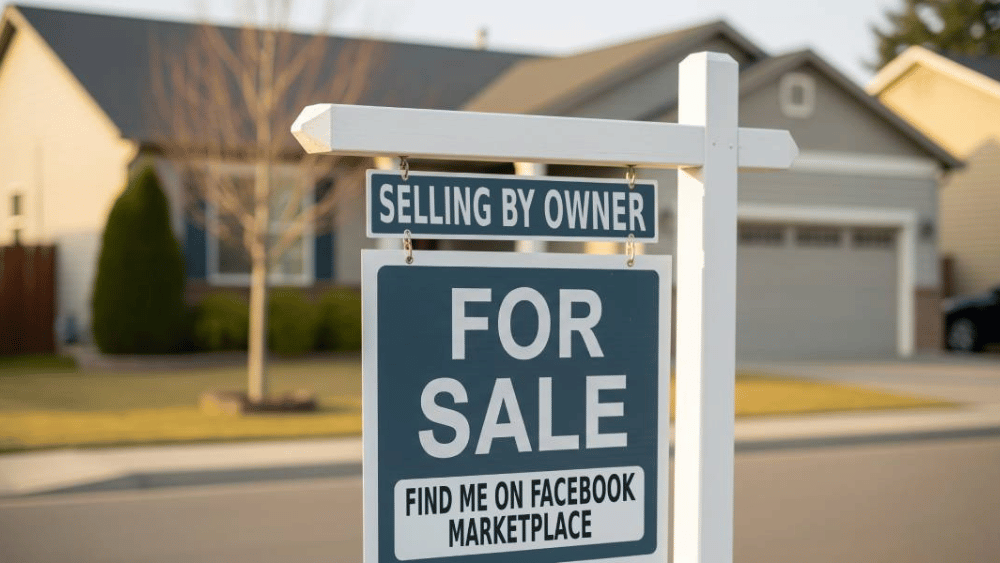Students of history, especially those of us who graduated in the early 2000s with one foot in a pre-digital world and the other in an accelerating one, know how to trace a line between who someone was and who they’ve become. And as I scan the latest headlines—robotics at scale, AI capital surges, political noise surrounding rate cuts—there’s a familiar arc emerging. The world of real estate is not static. It evolves, just like people do. But if you look closely, the clues were always there.
Labor market momentum or mirage?
Take the May JOLTS report. It shouted strength—374,000 new job openings, lifting the total to 7.8 million. Much of that came from leisure and hospitality, close to 300,000. That’s the headline. But just beneath, the story shifts. The hiring rate dropped from 3.5 percent to 3.4 percent, one of the softest readings since 2013. As one observer put it: “Hey, come on in for an interview, but don’t make yourself comfortable.”
And the quits rate? Just 2.1 percent. Which, in any job market worth its salt, is a signal for caution rather than opportunity. These numbers don’t just tell us about employment; they suggest what kind of confidence people feel about their future. And housing follows confidence.
Housing’s steady climb and rental plateau
Home prices are still rising modestly. The Totality Home Price Index posted a 0.3 percent increase in May, with 1.8 percent growth year-over-year. Projections point to 4.2 percent growth over the next twelve months. But that’s not speculative energy it’s calculated optimism, bolstered by hopes of lower borrowing costs.
On the rental side, it’s a different story. Multifamily vacancy rates hit 7 percent, the highest since 2017. Rents are up just 0.1 percent month-over-month and are down 0.7 percent annually. There’s a lesson here: oversupply may not grab headlines, but it reshapes affordability and it tamps down the inflation metrics that drive Fed decisions.
The real estate consequences of automation and trade
Amazon’s deployment of over 1 million robots is a global indicator and a flex. Automation is rewriting the logistics map, and warehouse-heavy regions like the Inland Empire in California are ground zero. These centers may need fewer workers but will demand more space, more power, and a new layer of real estate strategy.
Meanwhile, the quiet news that the US is scaling back trade deal goals lands with outsized importance in construction and development. Supply chains are the scaffolding of real estate. When policymakers stall or shift course, it directly impacts the cost of lumber, cement, and steel; plus the timeline to deliver homes and commercial builds.
Even Jerome Powell seemed to acknowledge the crosscurrents, stating that inflation has “come down and performed the way that they had hoped.” Yet uncertainty still lingers, thanks to the risk of fresh tariffs and the political undertones creeping into central bank decision-making.
AI’s billion-dollar ripple
Then there’s Musk’s xAI, which just raised $10 billion. Yes, that number belongs in Silicon Valley. But its impact will register in cities like Austin, Raleigh, and Salt Lake—markets already feeling the pressure of tech job inflows. AI doesn’t live in a vacuum. It hires, it expands, it relocates talent. And talent needs a place to live.
Even less flashy deals—like Grammarly’s acquisition of an AI email assistant—contribute to this slow march. The digital economy keeps producing buyers and renters who never worked in traditional sectors. Urban housing will feel the weight of this evolution first.
Treasury yields and political theater
Then came Tuesday. US Treasury yields fell to their lowest level in two months. The 10-year dropped to 4.19 percent (last seen on May 1) as Fed Chair Jerome Powell prepared to speak from Sintra, Portugal. Bloomberg reported that President Trump had sent Powell a list of global rates with a message to act faster. Treasury Secretary Scott Bessent followed, telling Bloomberg TV that the Fed “seems a little frozen at the wheel.”
Markets responded. Rate cut expectations increased, with 67 basis points now priced in by year-end. The two-year yield dropped to 3.69 percent. Elias Haddad of Brown Brothers Harriman noted that political interference is now “driving rate cut expectations,” and suggested a slide to 3.5 percent was a “reasonable target.”
If yields are the heartbeat of the mortgage market, then this week’s shift felt like a new rhythm. A rhythm that real estate has been waiting for.
A strategy rooted in voice and vision
As we enter week eleven in our countdown to the September 16th FOMC meeting, we are actively positioning our members (not just to react) but to act. Our strategy emphasizes the voice modality of communication. Through geotargeted campaigns, we focus on bringing mortgage education and housing literacy to overlooked corners of the market.
This isn’t just about rates. It’s about planting seeds in the right communities, early and often, and building trust before the headlines shift. That’s why we are educating borrowers in Spanish and English, on the ground and online, helping them understand what’s coming.
Our members are guided to evaluate cities not only by affordability or appreciation potential but by opportunity density; areas where migration, hiring, and development trends converge. As the Fed deliberates and the market teeters, we remain committed to ensuring our clients are rooted, informed, and ready to move when the conditions align.
Bottom line: What we’ve always known
Some people become exactly who they showed signs of being. You recognize their trajectory. And if you follow markets with the same eye, you begin to see the throughlines. Between macro trends and individual lives, between trade deals and condo prices, between AI valuations and neighborhood rents.
This week’s blend of rate volatility, modest price growth, political pressure, and high vacancy should not surprise anyone paying attention. It is a reminder that real estate, like character, responds to pressure, evolves with time, and never exists in isolation.
Whether Powell moves or not, the conditions for opportunity are forming. The kind your kids will read about one day. And like those classmates whose future you could already see from the back row in 2003, this housing market is starting to show its hand.
Cubie Hernandez is the CTO of TuNuevoHome.com.
This column does not necessarily reflect the opinion of HousingWire’s editorial department and its owners.
To contact the editor responsible for this piece: [email protected].



















 English (US) ·
English (US) ·